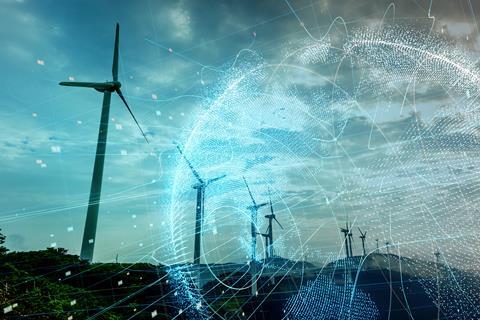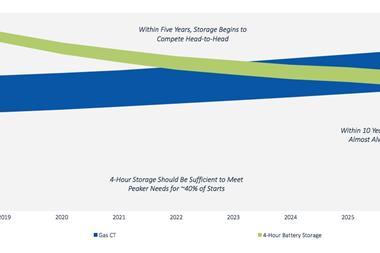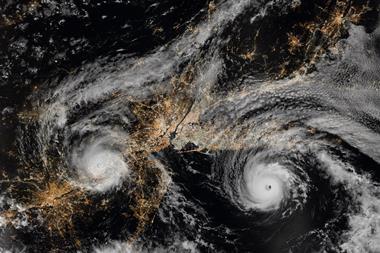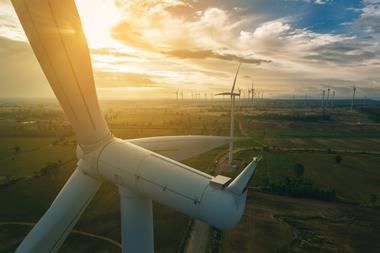Costly maintenance issues could become a thing of the past as smart sensors pre-empt future damages to turbines and other renewable energy technology

Generating power is all about the machines you use. And in a rapidly changing and rapidly growing market, getting your technology right – and keeping it running smoothly – is a major challenge.
Companies need to ensure they do all they can to mitigate risk when purchasing technology.
“Overall, larger scale projects are a safer bet than small-medium scale ones,” says Carl Gurney, renewable energy director at Jelf. “The technology at that scale is more reliable because the firms involved tend to have been around longer.”
“Check that the warranty includes labour as well as parts; and that it covers everything through blades and braking, to gears. Also think about your cabling.”
Robust maintenance schedule
Companies also need to ensure that they have a good, robust maintenance schedule in place and that they understand when major component parts may need replacing.
“Make sure you have the right finance available,” says Gurney. “And don’t forget access – is your site only accessible down a steep, dirt road? What happens when the weather is bad, and you need to get teams in there to fix a fault? Can they actually get on site?”
And don’t forget access – is your site only accessible down a steep, dirt road? What happens when the weather is bad, and you need to get teams in there to fix a fault? Can they actually get on site?”
It is also important to remember that political risk has an impact on technology. Government incentives for wind can create a situation where firms pile into the market and these may not represent the best suppliers over the long term.
Smart sensors spot early warning signs
But it is also important to remember that technology is also the risk manager’s friend, and tools such as sensors and online condition monitoring allow you to plan your maintenance more effectively, make the most of good weather and bundle jobs together.
“This type of monitoring will notice when a turbine isn’t working properly and will provide a lot of data and analytics that will allow you to spot any early warning signs that things aren’t going well,” says Deborah Duss, senior underwriter, product hub renewables, at Swiss Re Corporate Solutions.
“For example, if there is too much wind or not enough oil on a bearing, you will see increasing trends and the operator will be able to know that they need to act to avoid a loss.”
Sensors can also alert operators to dangerous vibrations, temperature changes and they can provide automatic oil lubrication to ensure that all moving parts that need an oil film will get what they need.
Risk managers need contingency plans. They need to look ahead and structure and control their costs over time. They need to plan access to spare parts.
Offshore wind is benefitting from digitisation, which can protect revenue streams. “No one wants to have a turbine down in the winter when maintenance can be hard to do. This is a period when you often get the best wind flow,” says Duss.
Stock-up on spare parts
As the sector grows there may also be problems with a shortage of spare parts – lead times on key parts could be up to two years in some cases – and operators need to do all they can to avoid failure.
“Risk managers need contingency plans,” says Duss. “They need to look ahead and structure and control their costs over time. They need to proactively plan access to spare parts.
“They also need to build in redundancy to allow for failure, perhaps having two cables where one can act as a back-up.”
In short, be prepared – and aware that while technology comes with big risks, it can also be your best solution.




















No comments yet